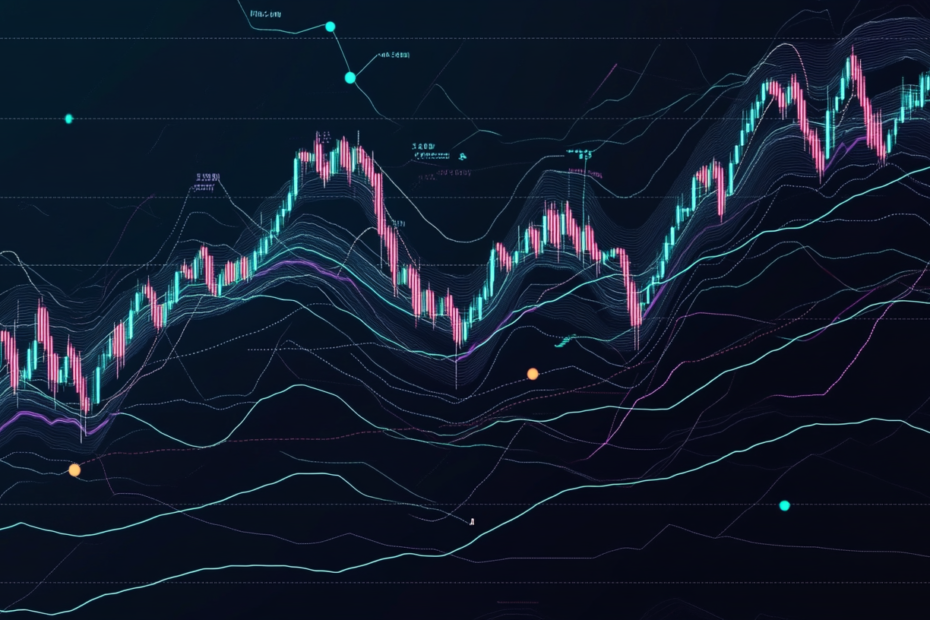Introduction:
Elliott Wave Theory is a complex but powerful method used to forecast market trends by analyzing repetitive wave patterns. These patterns reflect market psychology and can help traders anticipate future price movements. This advanced guide dives deep into the intricacies of the theory, including wave counting, fractals, and extensions.
1. The Basics of Elliott Wave Theory
The Elliott Wave principle is based on the idea that markets move in predictable patterns or waves, driven by crowd psychology. These patterns alternate between impulsive waves, which move in the direction of the trend, and corrective waves, which move against the trend.
- Impulsive Waves: Consist of five waves (1, 2, 3, 4, 5) in the direction of the trend.
- Corrective Waves: Consist of three waves (A, B, C) that correct the impulsive wave.
2. Advanced Wave Counting and Extensions
In Elliott Wave analysis, accurate wave counting is crucial for forecasting future market movements. Advanced traders can identify:
- Extensions: Occur when one of the three impulsive waves is unusually long. Extensions often appear in wave 3, and understanding this allows traders to target aggressive moves.
- Truncations: Occur when wave 5 does not exceed the high of wave 3, indicating weakness in the trend.
Key Tools:
- Fibonacci Levels: Fibonacci ratios, such as 61.8% and 38.2%, are commonly used to measure the depth of corrective waves and the extension of impulsive waves.
3. Fractal Nature of Elliott Waves
Elliott waves are fractal, meaning they appear on all timeframes. For example, a five-wave move on a 1-hour chart could be part of a larger five-wave move on a daily chart. Recognizing these fractals allows traders to trade within the larger context of the market’s overall direction.
Advanced Techniques:
- Wave Combinations: Traders can identify complex corrections, such as double and triple zigzags, which combine multiple corrective waves into larger patterns.
- Diagonal Triangles: These occur in wave 5 or wave C and signal an imminent reversal.
4. How to Apply Elliott Wave Theory to Prop Trading
In prop trading, the goal is often to identify major trends and capitalize on them. By using Elliott Wave theory to anticipate the end of corrective waves, traders can position themselves for the next impulsive move.
Conclusion:
Mastering Elliott Wave Theory requires patience and a deep understanding of market psychology. By learning to count waves accurately, identify extensions, and use Fibonacci ratios, traders can forecast future price movements and make more informed decisions.

